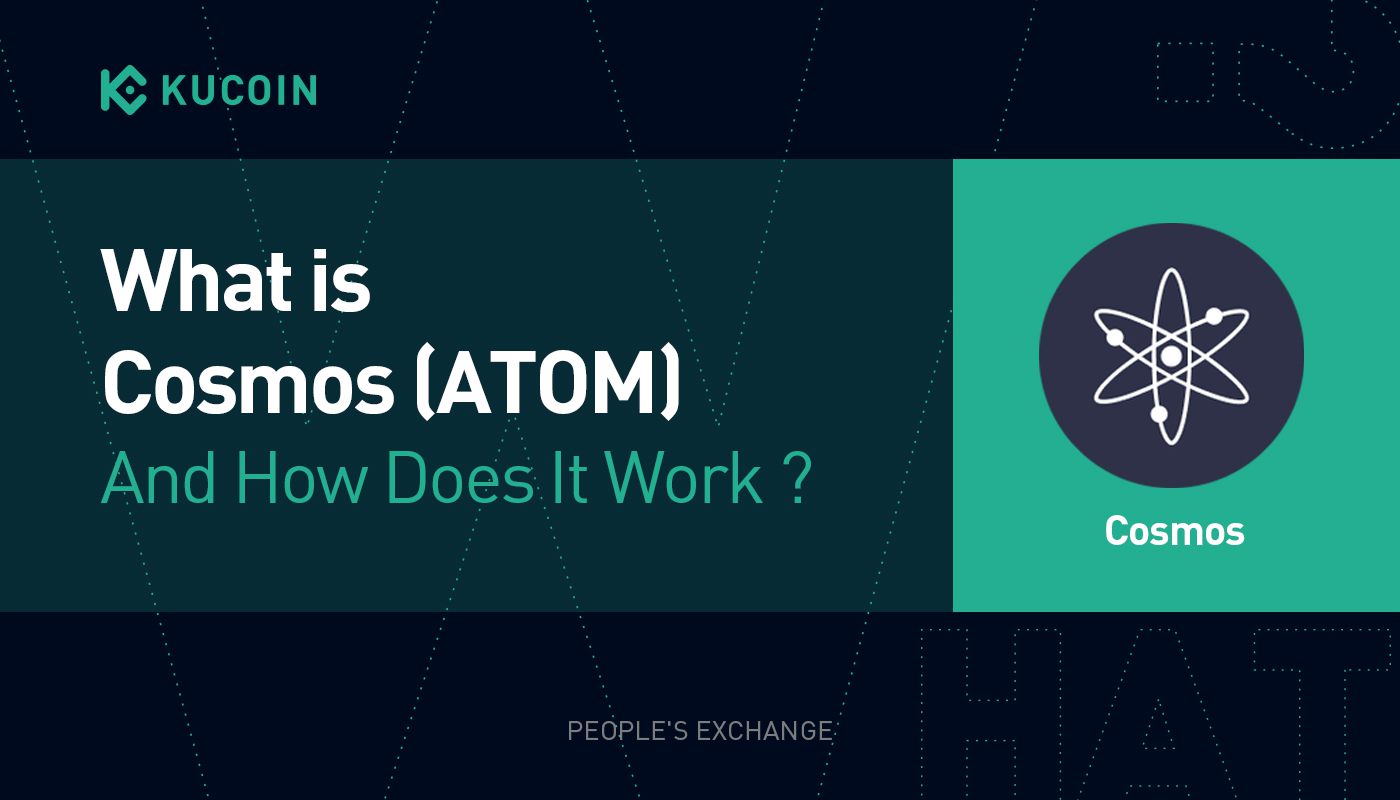What Is Cosmos (ATOM) And How Does It Work?

The cryptocurrency sector has grown from the dust to become a $1.5T market as of writing, and at its peak during the 2020-21 bull run, it surpassed the total market cap of $2.4T. Let that sink in for a moment!

Cryptocurrency Market Cap | Source: CoinMarketCap
Today, the most considerable development is happening around solving some of the prominent age-old problems in the blockchain space, such as lack of interoperability and scalability. These two problems alone are a roadblock towards the mass adoption of crypto. Users suffer from high transaction fees that arise from network congestion and deal with all kinds of complex processes involved while performing some of the most basic tasks, such as atomic asset swaps.
Scalability solutions like Layer-2 Networks solve the underlying problem of network congestion and high transaction fees, but they don't focus on interoperability at the moment, which makes them siloed. To move between different Layer-2 solutions, users need to move to Layer-1 first, which can take up to a week (in the case of Optimism) due to long lock-up periods of the Layer-2 platforms.
True interoperability can be achieved when users can swiftly move between different blockchains and Layer-2 platforms without requiring complex processes and long asset lock-up periods. Cosmos is one such solution that offers a unique approach towards solving this interoperability problem, intending to create the 'internet of blockchains' as they call it.
What Is Cosmos?
Cosmos wants to build an interconnected blockchain ecosystem where different blockchains can communicate, transact with each other, and share data in an interoperable environment. Cosmos isn't just an interoperability platform, as it allows developers to build and launch their own blockchains on top of the Cosmos Network. This architectural design approach fairly resembles Polkadot, except for a few subtle differences between the two.
Cosmos has rolled out its major upgrade this year in February called Stargate, which includes Inter-Blockchain Communication (IBC) protocol that allows different blockchains to connect, communicate, and transact with each other. Stargate was the long-awaited upgrade in Cosmos' roadmap since the Cosmos team conducted their token sale back in 2017, and the community was eagerly waiting for the network to actualize its vision.
The technology behind Cosmos is based on Tendermint, a consensus engine with Byzantine fault tolerance (BFT) based Proof-of-Stake mechanism. Binance Chain is also built on top of Tendermint, and many new protocols are under their development phase.
To achieve interoperability, Cosmos follows the 'Hub and Zone' model where all the blockchains on the network (called Zones) connect to a central hub (in this case, the Cosmos Hub). These parallel blockchains can communicate and transact with each other through the central Cosmos Hub.

Cosmos Hub and Zone model | Source: Cosmos
Cosmos has also built an SDK, called the 'The Cosmos SDK', that allows developers to build, launch, and deploy their applications on Tendermint-based blockchains. These applications are essentially multi-asset, public, Proof-of-Stake (PoS) blockchains (zones) deployed on top of the Cosmos Network. The Cosmos SDK is scalable, modular, secure, and interoperable.
To connect the Cosmos ecosystem to external networks like Bitcoin and Ethereum, there are special zones called 'Peg Zones'. These peg zones are like bridges to the external networks. The Cosmos blockchains can connect to peg zones through Inter-Blockchain Communication (IBC) protocol to relay their information to and from the external networks.

Cosmos Network Hubs, Zones, and Peg Zones | Source: Cosmos
The Peggy design has the following main components:
Ethereum smart contracts: There will be smart contracts on Ethereum that will act as asset custodians. They will lock the native Ethereum tokens and issue Cosmos native tokens (ATOM).
Witness: The witness components implement the pseudo-finality over the non-finality chain. It runs Ethereum full node and attests state changes.
Peg zone: The peg zone is built on Tendermint and is a translator blockchain. It allows users to perform and query transactions. Through these peg zones, Cosmos can communicate with external networks like Ethereum.
Signer: The signer signs the messages in a signature scheme (secp256k1) that Ethereumn can understand to be easily verifiable by smart contracts.
Relayer: The relayer takes a batch of all the signed transactions from the signer and posts them to the smart contract on Ethereum.
Wrapping Up
The native asset of the Cosmos blockchain is ATOM, which will be used across all the hubs and zones on the Cosmos Network. The zones are independent PoS-based blockchains that can issue their own coins and perform seamless atomic swaps with the native ATOM platform token.
Cosmos is one of the leading platforms working towards solving the interoperability problem by allowing developers to launch their own custom blockchains and seamlessly connect them to external networks with peg zones. With the recent Stargate upgrade launched in February, we assume that Cosmos will actualize its vision sooner than we think.
Sign up with KuCoin, and start trading today!
Find the Next Crypto Gem on KuCoin!
Follow us on Twitter >>> https://twitter.com/kucoincom
Join us on Telegram >>> https://t.me/Kucoin_Exchange
Download KuCoin App >>>https://www.kucoin.com/download

